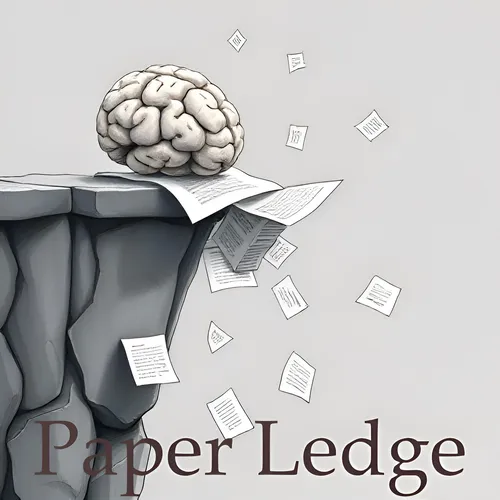Computer Vision - VideoITG Multimodal Video Understanding with Instructed Temporal Grounding
- Author
- ernestasposkus
- Published
- Sun 20 Jul 2025
- Episode Link
- https://www.paperledge.com/e/computer-vision-videoitg-multimodal-video-understanding-with-instructed-temporal-grounding/
Alright Learning Crew, Ernis here, ready to dive into some seriously cool video tech! Today, we're unpacking a paper that's all about making Video Large Language Models – think of them as super-smart AI that can watch and understand videos – even better at their jobs.
Now, imagine you're trying to summarize a movie. You wouldn't just randomly pick scenes, right? You'd choose the most important ones, the ones that really tell the story. That's essentially what this research is tackling. The researchers found that the way these Video-LLMs pick out specific frames from a video drastically affects how well they understand the content.
The problem? Existing methods for picking these crucial frames often rely on figuring out what's important without any guidance. It's like asking someone to summarize that movie without telling them what it's about! They might focus on the wrong details.
That's where VideoITG comes in! It stands for Instructed Temporal Grounding for Videos. Think of it as giving the Video-LLM a set of instructions before it starts watching. Instead of wandering aimlessly, it knows what to look for.
The secret sauce behind VideoITG is a system called VidThinker. This system tries to mimic how a human would annotate a video. It's a three-step process:
- First, VidThinker generates detailed descriptions of each short clip in the video, based on the instructions.
- Then, it uses those descriptions to find the video segments that are most relevant to the instruction.
- Finally, it picks out the exact frames within those segments that best represent the key information.
It's like having a super-efficient research assistant that understands exactly what you need and highlights the most important bits. For example, if you asked it to "find scenes with cats playing," it wouldn't just show you random cat videos; it would pinpoint the precise moments where cats are actively playing.
"VideoITG achieves consistent performance improvements across multiple multimodal video understanding benchmarks, showing its superiority and great potentials for video understanding."
To make this work, the researchers created a massive dataset called VideoITG-40K. It's packed with 40,000 videos and half a million annotations, all carefully crafted using VidThinker. This dataset helps train the Video-LLM to understand how to pick the right frames based on instructions.
And the best part? The VideoITG model is designed to be plug-and-play. You can easily add it to existing Video-LLMs to give them a boost. The research shows that VideoITG consistently improves performance across a range of video understanding tasks.
So, why should you care? Well, if you're a:
- Researcher: This offers a powerful new way to improve Video-LLMs for all sorts of applications.
- Content Creator: Imagine AI that can automatically generate summaries or highlight key moments in your videos!
- Educator: This tech could help create more engaging and effective video learning materials.
- Everyday Video Watcher: Better Video-LLMs mean more accurate and helpful video search, recommendations, and summaries.
It really is a game changer!
This research opens up some fascinating questions:
- Could we use this approach to create personalized video summaries tailored to individual learning styles?
- How might VideoITG be used to automatically detect misinformation or bias in videos?
- What are the ethical implications of having AI that can so effectively analyze and understand video content?
Food for thought, Learning Crew! That's all for this episode. Keep exploring, keep learning, and I'll catch you next time on PaperLedge!
Credit to Paper authors: Shihao Wang, Guo Chen, De-an Huang, Zhiqi Li, Minghan Li, Guilin Li, Jose M. Alvarez, Lei Zhang, Zhiding Yu
